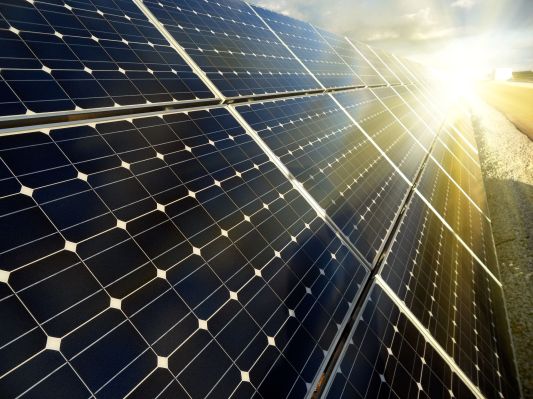News of an offer from Tesla to acquire SolarCity came mostly unexpected to traders earlier this afternoon. In a rapid “knee-jerk” reaction, traders bid up SolarCity by 13 percent and sent Tesla tumbling down 12 percent.
It is typical for the stock of an acquisition target to spike while the acquirer’s stock falls according to Michael Morosi of Avondale Partners.
SolarCity has a debt-to-equity ratio of 3.492 as of March 2016. Tesla has a ratio of 3.215 as of the same date.
Tesla is in a unique position as an automaker because its market is still largely undeveloped. Competitors in the space like Fiat Chrysler and General Motors have much lower ratios in the ballpark of 1.6 and 1.7 respectively. Ford is a notable exception, but for the most part, Tesla has an elevated debt to equity ratio.
The good news for Tesla is that most of the debt held by SolarCity is project-level debt. Morosi noted that such debt is consolidated on the SolarCity balance sheet but is all set against cash flow producing assets. This means the debt behaves much more like mortgage debt than credit card debt.
SolarCity does have an outstanding convertible note and it is out-of-the-money, added Morosi. SolarCity also has a highly visible burn-rate and has yet to achieve cash-flow breakeven. Tesla will have to attend to SolarCity’s debt and cash-flow as the deal gets closer to reality.
Tesla and SolarCity have long been intertwined companies. Elon Musk and Antonio Gracias have both recused themselves from any decision-making on the acquisition given their overlapping roles in the two companies.
Morosi added that an acquisition of SolarCity will complicate Tesla’s financial reporting. SolarCity can only recognize a fraction of its yearly revenue from a GAAP perspective which could reflect poorly on Tesla’s side. It’s also going to be harder to separate growth of the company’s core automotive business from more speculative investments in the future of energy.
The generous 21 percent to 30 percent premium that Tesla offered to SolarCity has largely been erased by markets. If that deal was made based on the current price of SolarCity stock, the premium would be closer to 8 percent and 15 percent.
[graphiq id=”1OC6iSFF5NH” title=”Solarcity Corporation (SCTY) Stock Price” width=”600″ height=”628″ url=”https://w.graphiq.com/w/1OC6iSFF5NH” link=”http://listings.findthecompany.com/l/15984994/Solarcity-Corporation-in-San-Mateo-CA” link_text=”Solarcity Corporation (SCTY) Stock Price | FindTheCompany”]
Most analysts expect SolarCity to continue operating as normal even after the transaction date. Tesla largely has its hands full with the rollout of the Tesla Model 3. The role of SolarCity in the Tesla ecosystem will ultimately be a play for the future.
There is also agreement that the Tesla move is bold. Tesla is still four years away from its target to hit full capacity at its lithium-ion Gigafactory. More details over time should help ease worries that Tesla acted too brashly with the acquisition. The decision could be as simple as seeing a good price and taking the opportunity regardless of timing.
“Tesla doesn’t view this as a reaction to GE breathing down their necks,” said Troy Ault, Director of Research at Cleantech Group.
Tesla looks at the battery side as a commodity play added Ault. Tesla is likely hedging a bet toward future battery innovation. Time will tell how it will integrate into vehicle technology.
